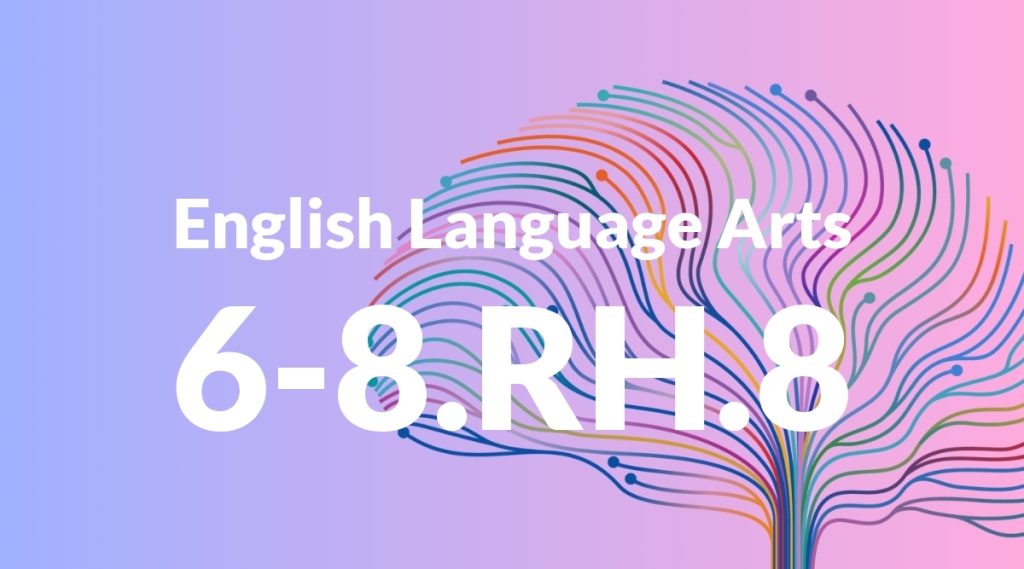Standard: 6-8.RH.8 – Distinguish among fact, opinion, and reasoned judgment in a text.
Grade level: Grade 6-8
Subject: English Language Arts
Domain: History/Social Studies
Teacher Overview
This standard focuses on helping students distinguish among facts, opinions, and reasoned judgments in texts. This skill is crucial as it enables students to critically evaluate the information they encounter, which is essential for academic success and informed citizenship. Students should have a foundational understanding of facts and opinions, and some practice in reading comprehension and text analysis.
Mastering this standard will prepare students to critically evaluate sources, discern credible information, and construct well-supported arguments, skills that are essential for higher-level academic work and informed participation in society.
Common Misconception 1
Some students may mistakenly believe that all statements in a text are either facts or opinions, not recognizing the category of reasoned judgment. This misconception can lead to oversimplified interpretations of complex texts.
Intervention 1
Provide clear definitions and examples of facts, opinions, and reasoned judgments. Use text excerpts where students can practice identifying and categorizing these elements.
Common Misconception 2
Another common misunderstanding is that opinions hold the same weight as facts in supporting arguments. This can weaken students’ analytical skills and their ability to construct persuasive arguments.
Intervention 2
Engage students in debates and writing assignments that require them to support their arguments with facts and reasoned judgments, highlighting the limitations of relying solely on opinions.
Prerequisite Knowledge
Students should have a basic understanding of what constitutes a fact and an opinion, and some experience in reading and interpreting texts.
Subsequent Knowledge
Students will develop the ability to critically evaluate sources, understand the importance of evidence in forming reasoned judgments, and apply these skills in both academic and real-world contexts.
Instructional Activities
- Fact vs. Opinion sorting games
- Analyzing editorials and identifying reasoned judgments
- Group discussions on current events
- Writing assignments that distinguish between facts, opinions, and reasoned judgments
- Role-playing exercises to debate different perspectives




